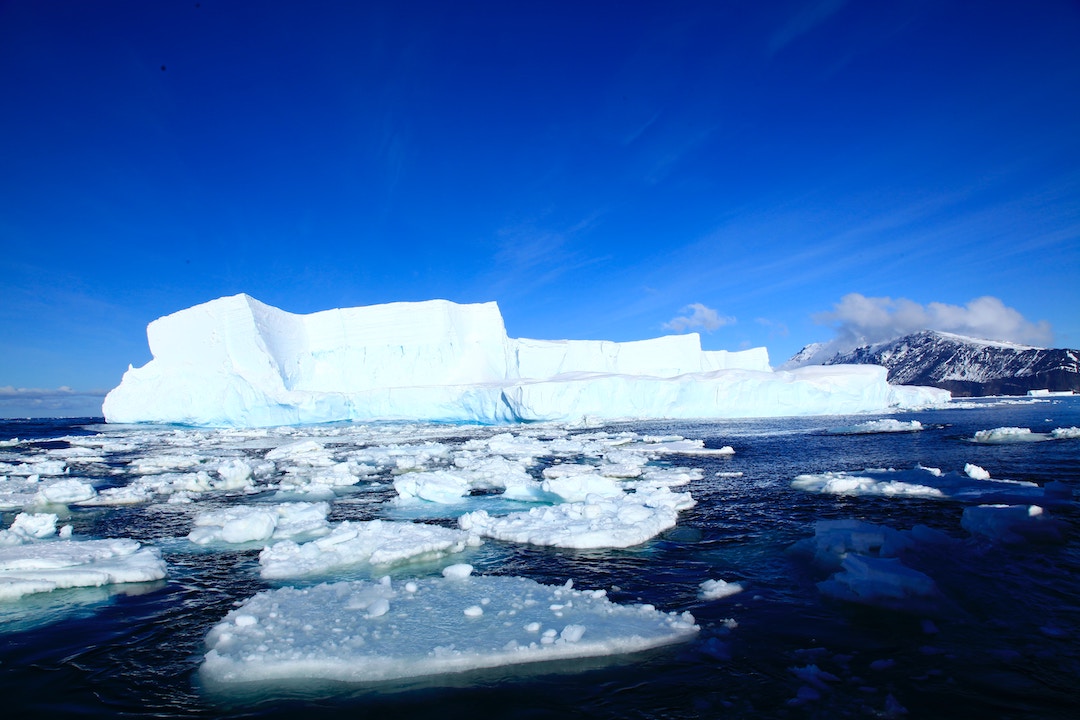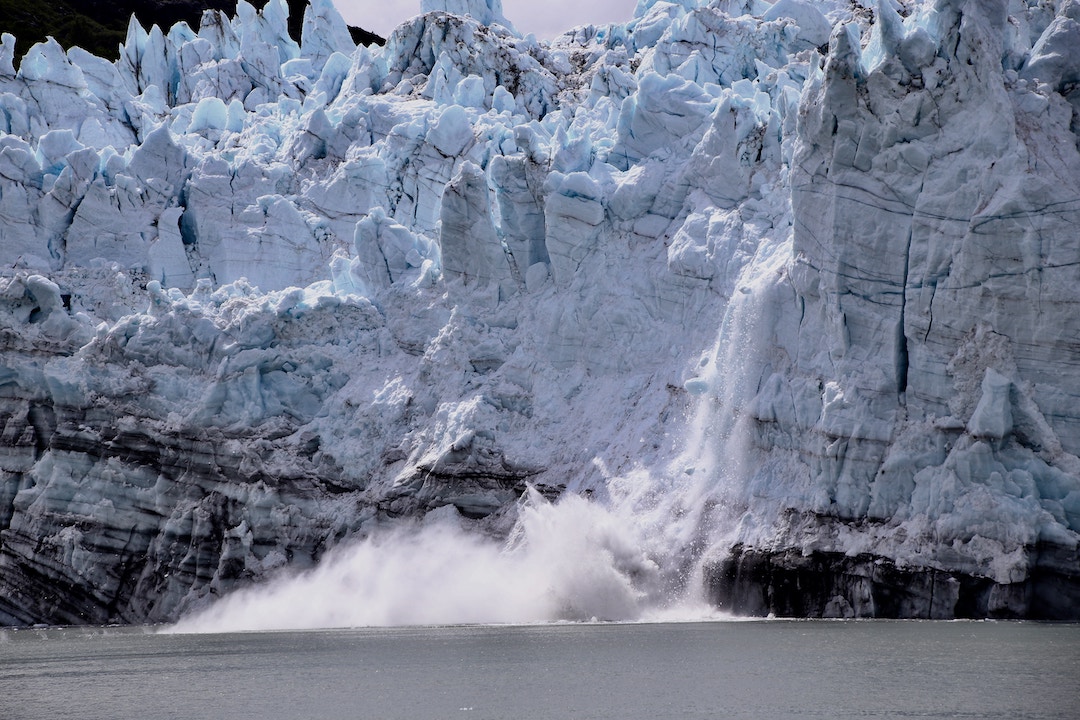A new study has determined which areas of the ocean are warming at the quickest rate.
A report from UNSW has revealed that ocean warming almost doubled between 2010-2020 when compared to the data from 1990-2000. The study, which sought to better understand rising sea-levels and the overall impact of climate change, identified the areas of the sea which contribute the most to heat absorption. This information will be useful when making future decisions surrounding the protection of our oceans.

Changing tides
When greenhouse gases are released into the atmosphere, they stop heat from escaping and thus cause the Earth to warm. However, while this phenomenon impacts all areas of the planet, our oceans are particularly susceptible to global warming. They absorb more than 90 percent of human-generated heat, and make up more than 70 percent of the Earth’s surface.
Ocean warming may help to reduce the impact of climate change by moderating temperature rises, but there are other detrimental effects that should be considered. When water is heated, it tends to expand. This is the cause of between one-third and one-half of overall sea level rises. Warmer oceans also lead to coral bleaching, accelerated melting of the polar ice caps, and changes to marine ecosystems. Sadly, according to NASA, 2022 recorded both the highest temperature and water level for our oceans.
Scientia Professor Matthew England from the UNSW Centre for Marine Science and Innovation stresses the danger of rising water heat.
“The world ocean, in 2023, is now the hottest ever recorded, and sea levels are rising because heat causes water to expand and ice to melt,” he explains.
“Ecosystems are also experiencing unprecedented heat stress, and the frequency and intensity of extreme weather events are changing rapidly, and the costs are enormous.”

Ocean warming is causing the polar ice caps to melt
Heat patterns
Beyond just acknowledging the threat of overall temperature rises, experts wanted to pinpoint which areas of the ocean were the most affected.
In order to determine which areas of the sea accounted for the largest heat uptake, they relied on modern Argo float data, an ocean research program which uses robotics to monitor warming activity. Using this information, they were able to ascertain the relative heat uptake across different masses of water in a range of locations.
While all parts of the ocean, from deep sea trenches to shallow pools, show some signs of warming, the overall heat increase was far from equal across the planet.
Over the last two decades, the Southern Ocean has recorded the biggest increase in heat storage, almost equivalent to the combined heat captured by the Atlantic, Pacific and Indian oceans.
Dr Sjoerd Groeskamp, co-author of the study from the Royal Netherlands Institute for Sea Research, believes this new information will be critical in future decision making processes.
“Melting ice caps, extreme weather and marine ecosystems, including coral reefs, are all highly sensitive to ocean temperature changes.
“It is critical we understand exactly how and where the ocean warms – both now and in the future.”

As the ocean heats, it impacts marine ecosystems and causes tides to rise
Ocean insights
It is difficult to determine exactly how ocean warming will impact ecosystems in the future. If oceans reach their capacity for absorbing heat and cannot continue absorbing at the same pace, the rate of climate change may skyrocket.
Scientists who were part of the study believe we need to increase monitoring in order to understand and predict future sea-level rises and the long-term effects on marine life.
The experts are also hoping to encourage greater action from countries around the world to meet their net-zero carbon targets sooner rather than later, to mitigate the damage that continued ocean warming could result in.
“Without any action, these net zero pledges are just meaningless,” says Dr Groeskamp.
To learn more about the risks to marine ecosystems, click here.

